Clearer complexion & healthier skin…
The JM MediSpa in Blyth, Worksop offers a number of injectable treatments for skin blemish removal, including, but not limited to: Skin Abnormalities, Age Spots, Blood Spots, Milla, Moles, Skin Tags, Spider Naevus and Thread Veins. Treatment times start at 15 minutes. Check our full skin blemish removal details and prices below, and for enquiries or further questions, just let us know.
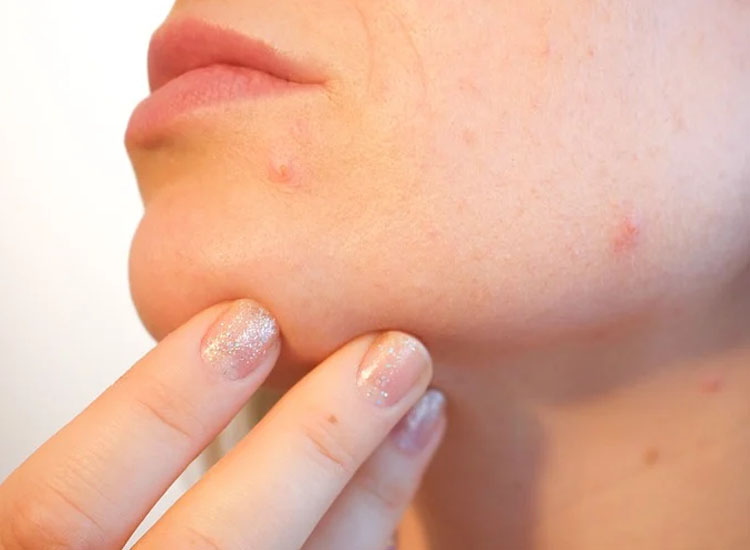
Skin Abnormalities
Skin blemish removal / abnormalities are now classed as a cosmetic treatment and are no longer available on the NHS.
Advanced Cosmetic Procedure treatments using electro micro surgery are extremely in demand at Jessica Aesthetics. A wide diversity of skin blemishes can be quickly and easily treated with immediate and effective results offering blemish free smooth skin. Advanced electrolysis has progressed a long way and with ongoing improvements and technology it is a safe, comfortable and effective treatment very much in demand.
The tip of the smallest needle possible (about the size of an eyelash) is introduced to the legion being treated and a tiny energy current is discharged, this then destroys the skin legion which often disappears as it is being treated.
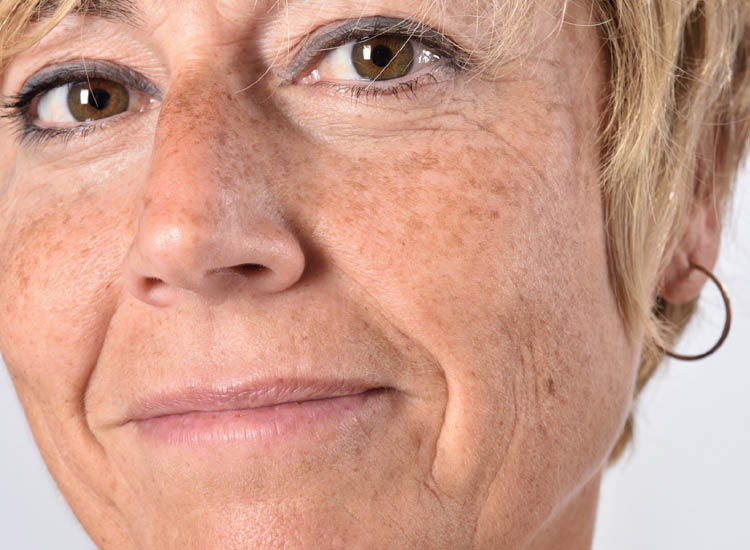
Age Spots
Age spots are flat, brown or black spots on the skin. They usually occur on sun-exposed areas of the skin including the face. They are also called liver spots, senile lentigo, or sun spots.
They are the result of an excess production of melanin due to skin aging, sun exposure, or other forms of ultraviolet (UV) light exposure, such as tanning beds. Age spots aren’t dangerous and don’t cause any health problems. Treatment isn’t necessary. However, some people want to remove age spots because they don’t like the way they look. Age Spot removal is classed as a cosmetic procedure and is no longer available on the NHS.
They can be safely removed using advanced electrolysis. The tip of the finest, smallest needle possible (about the size of an eyelash) is introduced onto the age spot and a tiny energy current is discharged, this then dries up and destroys the spot which then scraped off. The time taken to treat this condition will depend on the size, number and of age spots to be treated. Your practitioner will advise during the consultation if the problem can be treated in one session or if a course of treatment is likely to be required.
Clients should expect some redness following treatment and some small scabs can form, which will drop off a few days following treatment.
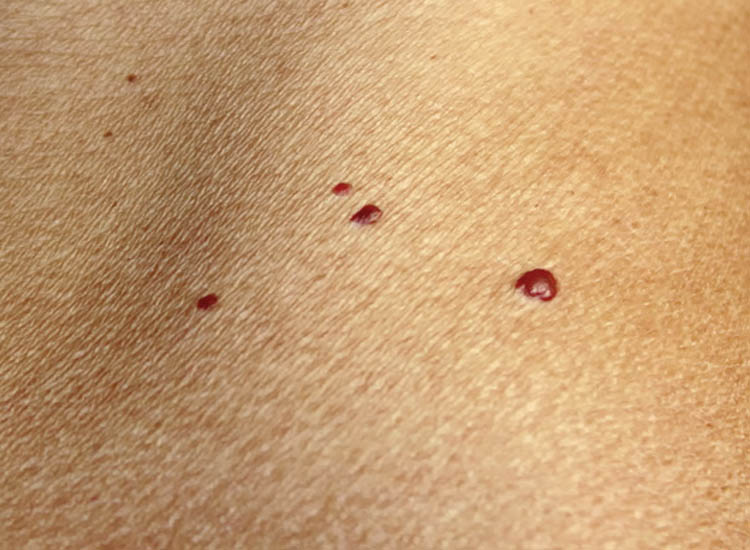
Blood Spots
Blood spots are bright red, vascular blemishes which develop on the body (very often on the trunk or torso) and develop naturally as the skin ages and cell renewal slows down. They are known as Campbell de Morgan spots. They are harmless but can be unsightly and embarrassing.
Removal of blood spots is classed as a cosmetic treatment and is no longer available on the NHS. They can be safely removed using advanced electrolysis.
The tip of the finest, smallest needle possible (about the size of an eyelash) is introduced into the blood spot and a tiny energy current is discharged, this then dries up and destroys the blood spot which then disappears. The time taken to treat this condition will depend on the size, number and of blood spots to be treated. Your practitioner will advise during the consultation if the problem can be treated in one session or if a course of treatment is likely to be required.
Clients should expect some redness following treatment and some small scabs can form, which will drop off a few days following treatment.
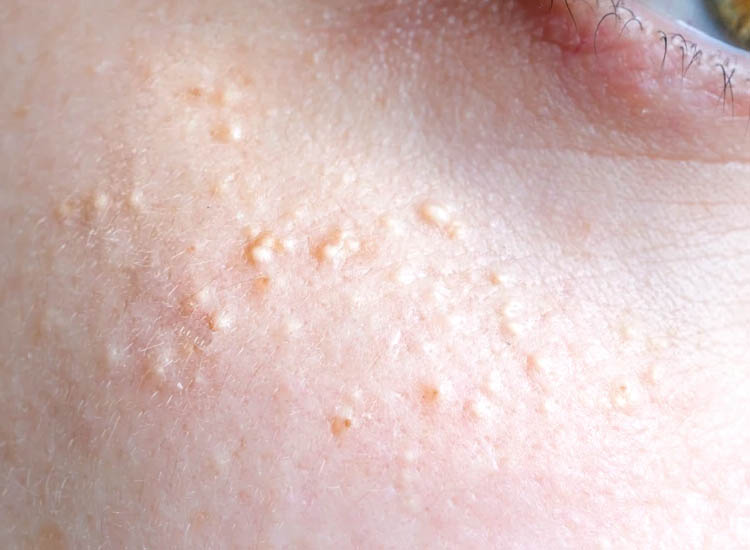
Milla
Milia are very small, white, hard keratin-filled cysts which lie superficially under the surface of the skin, commonly around the eye area. They are often mistaken for whiteheads, but in fact, milia are tiny cysts that are located immediately below the epidermis, the very outer layer of skin, making their distinctive colouring so visible. The white comes from an excess build-up of keratin, which is a natural part of the skin.
It is not known why milia develop in adults: unlike some skin conditions they don’t seem to be related to diet, lifestyle or health issues. While they aren’t a medical risk, many people find milia unsightly and would prefer to remove them.
They can be safely removed using advanced electrolysis.
The tip of the finest, smallest needle possible (about the size of an eyelash) is introduced into. the Milia and a tiny energy current is discharged, destroying the Milia which then disappears. The time taken to treat this condition will depend on the size, number and of Milia to be treated. Your practitioner will advise during the consultation if the problem can be treated in one session or if a course of treatment is likely to be required.
Clients should expect some redness following treatment and some small scabs can form, which will drop off a few days following treatment.
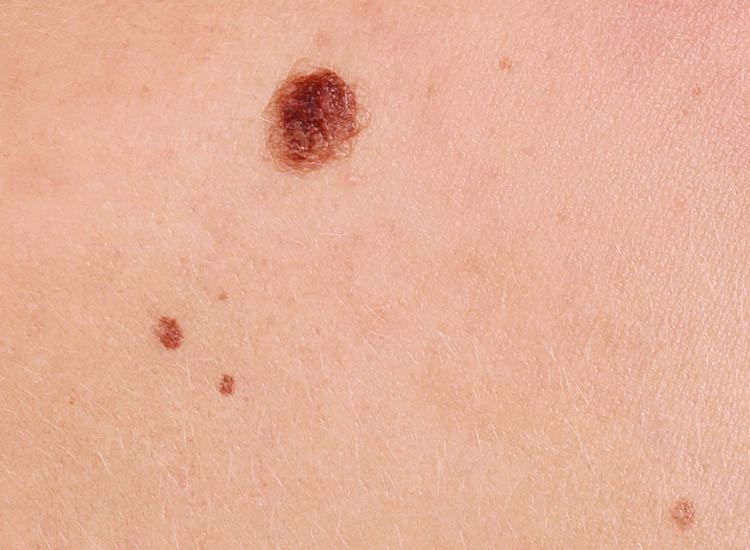
Moles
Congenital moles, are moles that are present at birth. These types of moles can range in size. They can be at risk of developing into melanoma later in life and should be monitored as you enter adolescence and adulthood. Acquired moles are moles that appear during childhood and adulthood. Moles are typically slightly raised with regular borders and dark pigmentation, although they can range in colour from tan to dark brown. They can appear anywhere on the skin, alone or in groups.
Moles, are common abnormalities that can be a source of embarrassment or irritation for some people. If you decide that you would like them to be removed, we can carry out a simple procedure designed to remove them once and for all. Almost all common lesions are benign, however if you have a mole you wish to be removed, we ask that have it checked by a by your GP to check it is non-malignant.
Removal of non-malignant moles is classed as a cosmetic treatment and is no longer available on the NHS.
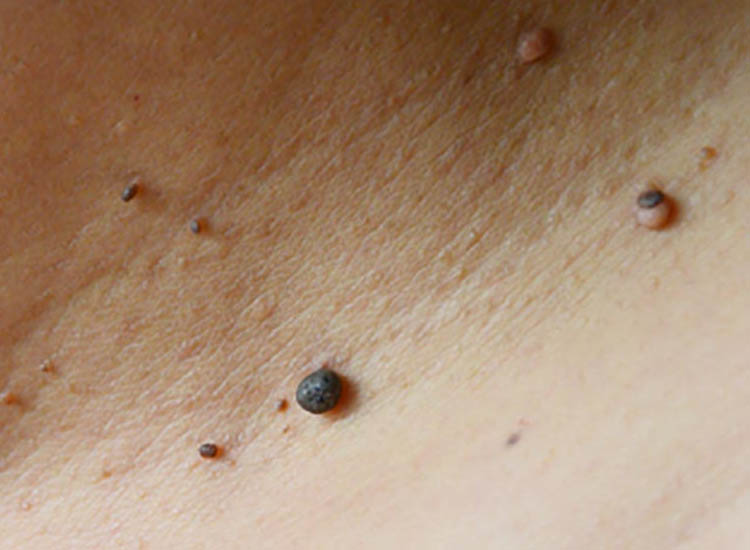
Skin Tags
These are very common and usually found around the neck, nose, and eye lids or areas of friction such as the underarm or the groin area. They are also commonly found in areas where clothing rubs against the skin such as bra straps.
They are harmless but can be both unsightly and irritating. Removal is classed as a cosmetic treatment and is no longer available on the NHS. You should never attempt to remove skin tags yourself because they can bleed heavily. The tip of the finest, smallest needle (about the size of an eyelash) is introduced along the line of the base of the tag and a tiny energy current is discharged. The current destroys the vessels feeding the tag thus starving it of any nourishment resulting in its demise.
The time taken to treat this condition will depend on the size, number and of tags to be treated. Your practitioner will advise during the consultation if the problem can be treated in one session or if a course of treatment is likely to be required.
Clients should expect some redness following treatment and some small scabs can form, which will drop off a few days following treatment.
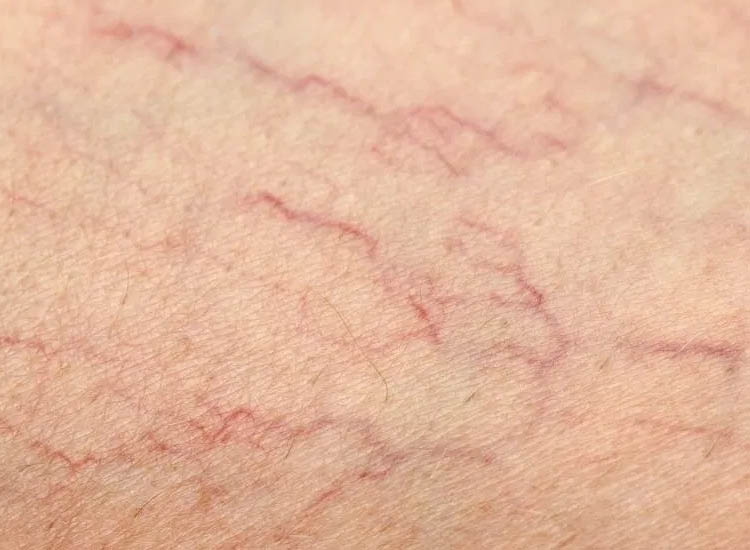
Spider Naevus
Spider Naevus is a central, dilated blood vessel with capillaries radiating away from the centre. They are often found in isolation or grouped together in areas such as the cheeks, nose chin and forehead. They can become quite unsightly and difficult to hide under makeup.
Skin blemish removal is classed as a cosmetic treatment and is no longer available on the NHS. They can be caused by many factors, including ageing, pregnancy, harsh weather and smoking. The tip of the finest, smallest needle (about the size of an eyelash) is introduced along the line of the capillary and a tiny energy current is discharged. The current will cauterise the vein, causing the blood to coagulate, come to the surface and then disappear.
The time taken to treat this condition will depend on the size, number and amount of Naevus to be treated. Your practitioner will advise during the consultation if the problem can be treated in one session or if a course of treatment is likely to be required.
Clients should expect some redness following treatment and some small scabs can form, which will drop off a few days following treatment.
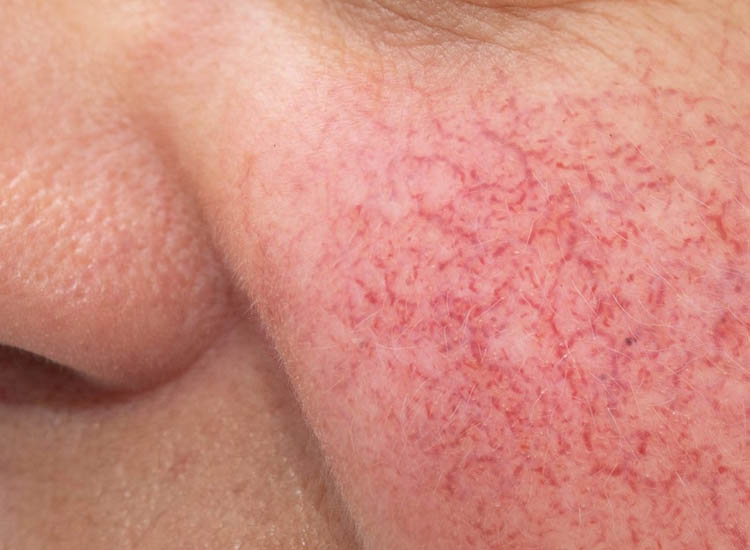
Thread Veins
Many patients develop a high facial colour or redness, especially in the cheek area, but can also be affected on the nose, chin and forehead. This is sometimes due to an increased level of small broken capillaries at the skin surface. These capillaries can become quite unsightly and difficult to hide under makeup.
Removal is classed as a cosmetic treatment and is no longer available on the NHS. They can be caused by many factors, including ageing, pregnancy, harsh weather and smoking.
The tip of the finest, smallest probe needle (about the size of an eyelash) is introduced along the line of the capillary and a tiny energy current is discharged. The current will cauterise the vein, causing the blood to coagulate, come to the surface and then disappear.
The time taken to treat this condition will depend on the size, number and amount of capillaries to be treated. Your practitioner will advise during the consultation if the problem can be treated in one session or if a course of treatment is likely to be required.
Clients should expect some redness following treatment and some small scabs can form, which will drop off a few days following treatment.
Skin Blemish Removal Prices…
Duration |
Price £ |
|---|---|
| Extra small area | £69.00 |
| Small area | £99.00 |
| Medium area | £129.00 |
| Large area | £159.00 |
Price on consultation depending on the amount and area to be treated.

